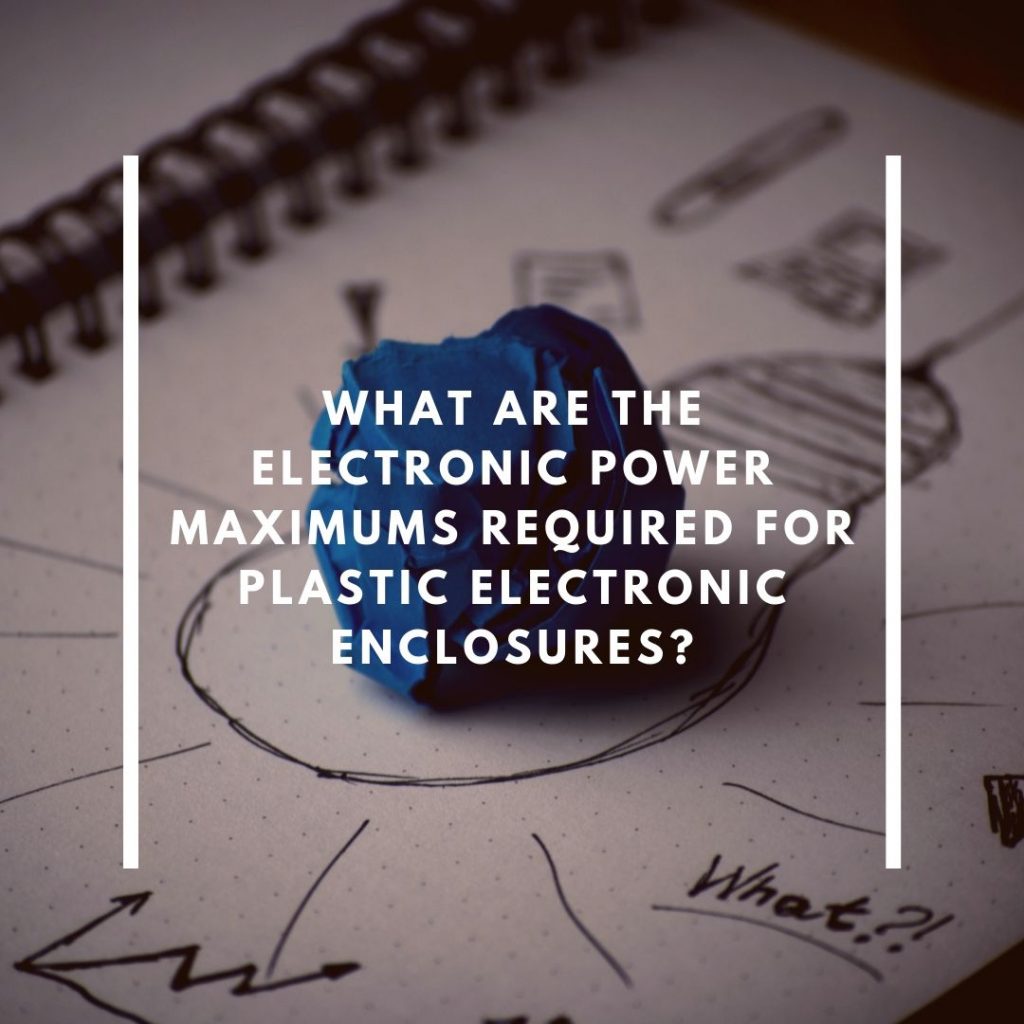What are the Electronic Power Maximum Required for Plastic Electronic Enclosures? - HLSRN
What are the Electronic Power Maximum Required for Plastic Electronic Enclosures?
- May 25, 2019
- Posted By Sheila Mendoza


To wait for almost 3 years to finally have my hair cut, I finally decided that it was about time to make the big chunk. For this one, I have a method to follow: I grow my hair until I cannot do any more style with it. Then I just let it grow more for another 6 months. The only point I regret cutting my hair short is that when I see that they have chunked off more than I usually expected it to be. It just ends up being way too short for my taste. However, I donate what’s been cut off my hair to an organization that makes wigs for the kids suffering from cancer or alopecia ending up not having a hair of their own. With this, I do not try to complain because I will always grow it back.
Most of the parlors or salons need a minimum of 10-12 inches of hair, which is why I wait so long between the cuts. This is the time when I finally decided that I would go for a very fancy cut, something that will require a straightening iron, and lots of lots of goop (ie: anti-frizz serum, straightening shampoo and condition, hair spray.) and this is something that they frighteningly called “hair cement”. I have tried asking what is the minimum amount of styling required to avoid falling my hair out.
With this in mind, there are also customers that ask enclosure manufacturing companies the maximum amount of power or electricity a plastic enclosure can handle.
However, the answer to this questions is a little bit ironic because this question gets the same response. Actually, there is no maximum. My hair will eventually recover itself after the damage I inflict on it. With this in mind, a plastic enclosure are simple plastic shells with a pleasing home in which the board and the electronics can live.
The board itself is what should be monitored for the power and memory usage. To make sure hat there will be no overloading scenario that might happen. However, it is important to be reminded that the plastic enclosure also have a heat resistance. Usually, the ABS has a temperature rating of 176F but companies just discovered previously that just by staying shy of the recommended temperature is highly recommended.
The continuous exposure to high levels of power or electricity may bring a negative effect on the amount of heat that can be generated inside the enclosure. Which in return should require venting to be able to release the heat so that the material does not start to deform.
Do you have any experience like this? Drop your answers in the comment box below.